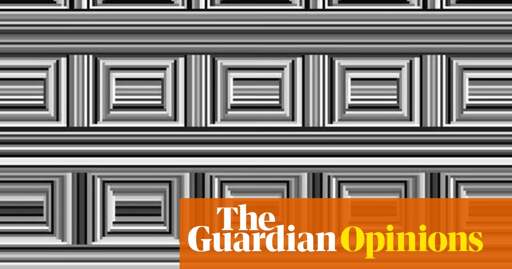Do people from different cultures and environments see the world differently? Two recent studies have different takes on this decades-long controversy. The answer might be more complicated, and more interesting, than either study suggests.
One study, led by Ivan Kroupin at the London School of Economics, asked how people from different cultures perceived a visual illusion known as the Coffer illusion. They discovered that people in the UK and US saw it mainly in one way, as comprising rectangles – while people from rural communities in Namibia typically saw it another way: as containing circles.
To explain these differences, Kroupin and colleagues appeal to a hypothesis raised more than 60 years ago and argued about ever since. The idea is that people in western industrialised countries (these days known by the acronym “weird” – for western, educated, industrialised, rich and democratic – a summary that is increasingly questionable) see things in a specific way because they are generally exposed to highly “carpentered” environments, with lots of straight lines, right angles – visual features common in western architecture. By contrast, people from non-“weird” societies – like those in rural Namibia – inhabit environments with fewer sharp lines and angular geometric forms, so their visual abilities will be tuned differently.



I added the bold above. Gave me a chuckle